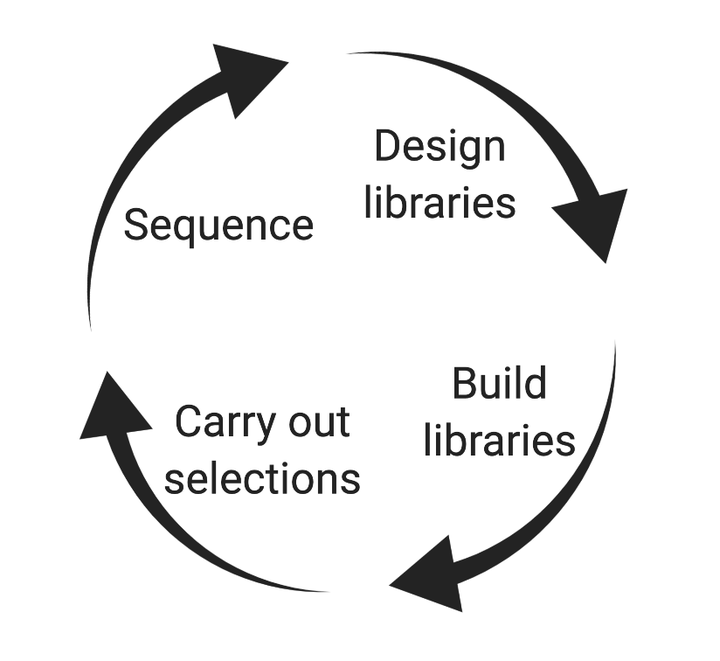Synthetic biology approaches to biological containment- pre-emptively tackling potential risks

Abstract
Biocontainment comprises any strategy applied to ensure that harmful organisms are con- fined to controlled laboratory conditions and not allowed to escape into the environment. Genetically engineered microorganisms (GEMs), regardless of the nature of the modification and how it was established, have potential human or ecological impact if accidentally leaked or voluntarily released into a natural setting. Although all evidence to date is that GEMs are unable to compete in the environment, the power of synthetic biology to rewrite life requires a pre-emptive strategy to tackle possible unknown risks. Physical containment barriers have proven effective but a number of strategies have been developed to further strengthen bio- containment. Research on complex genetic circuits, lethal genes, alternative nucleic acids, genome recoding and synthetic auxotrophies aim to design more effective routes towards biocontainment. Here, we describe recent advances in synthetic biology that contribute to the ongoing efforts to develop new and improved genetic, semantic, metabolic and mech- anistic plans for the containment of GEMs.